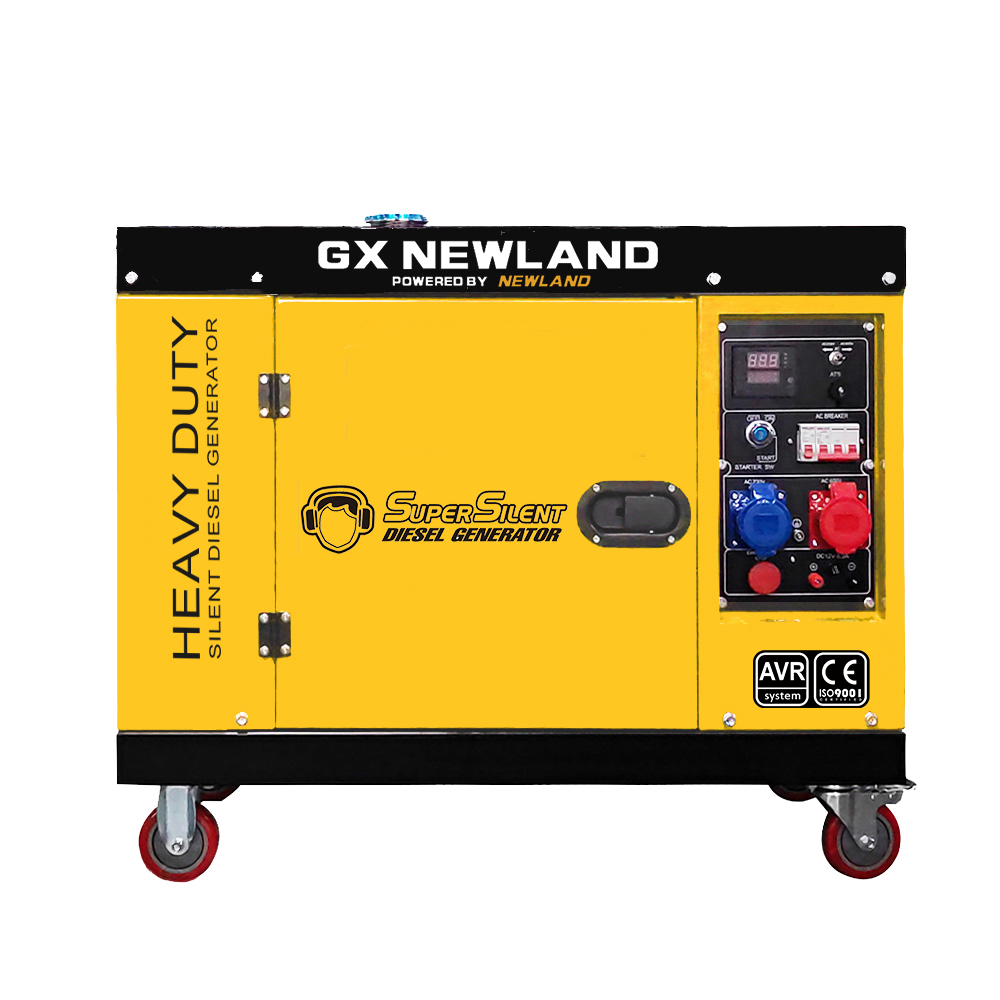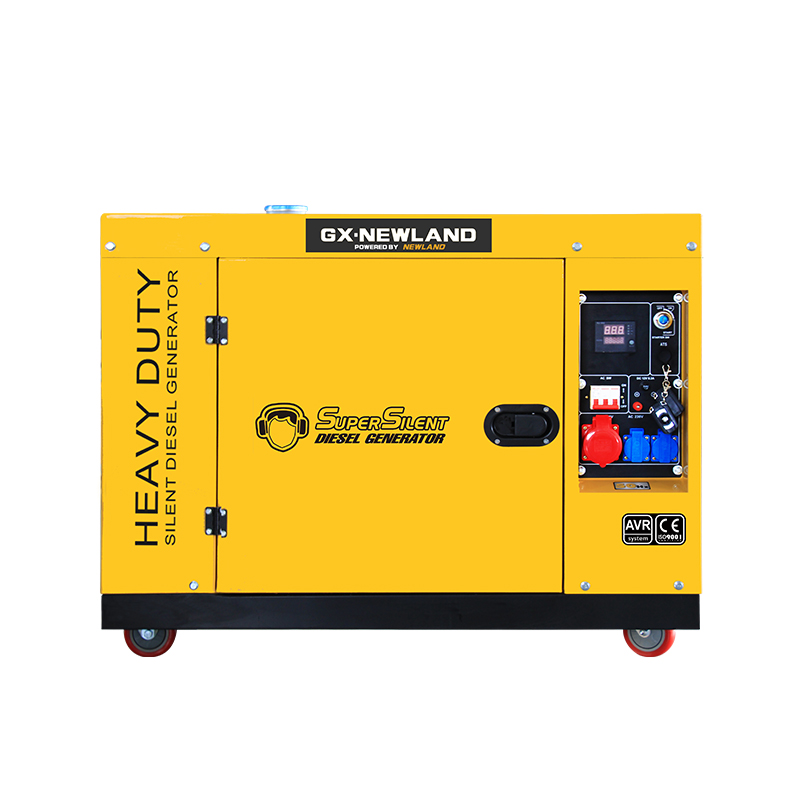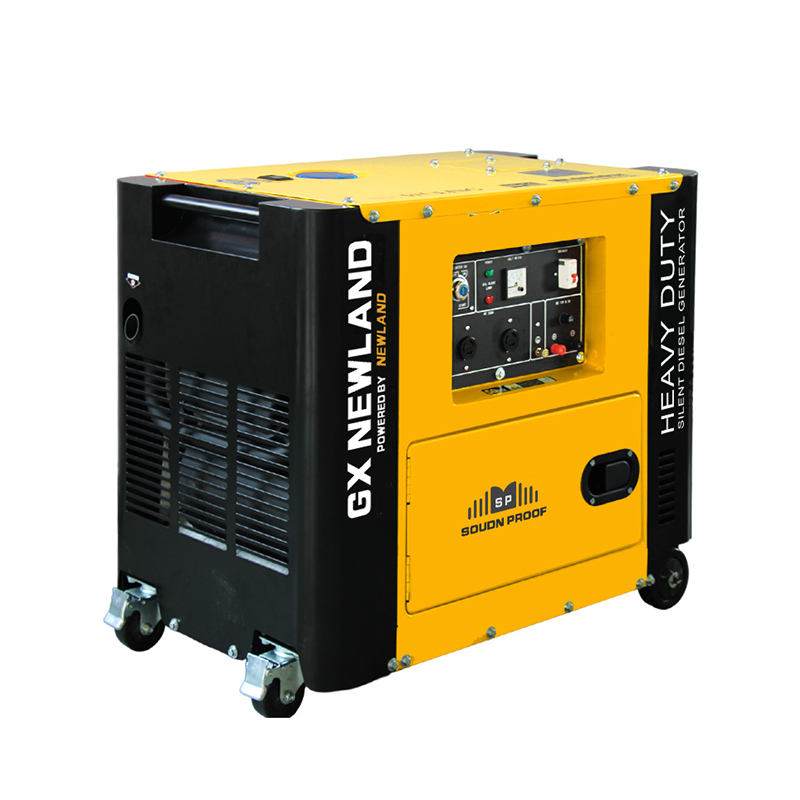Delphi announced that it has developed a diesel engine oil sensor that can more accurately detect oil status. The sensor determines the oil replacement time by detecting the state of the oil, which can greatly extend the time interval between oil and filter replacements compared to the calculation based on the driving cycle. In addition to measuring the original viscosity and permittivity, the new sensor also measures the soot content and the dilution of the oil by the fuel, so that it can more accurately detect the state of the oil. Mass production for truck manufacturers will begin in 2009.
Due to the increasing use of multiple post injections in diesel engine control, the amount of fuel that is incorporated into the oil through the piston rings to dilute the oil continues to increase, which easily reduces the lubricity and viscosity of the oil. In addition, the amount of soot mixed into the oil through EGR (Exhaust Gas Recirculation) increases, resulting in a decrease in the effect of additives and an increase in oil viscosity. Since only the viscosity is measured, it is easily affected by these two opposite factors, and it is difficult to accurately grasp the degree of deterioration of the oil.
The dilution of the fuel to the oil can be measured by the convection time by a modified viscosity measurement system. On the other hand, the content of soot can be estimated from the detected change in dielectric constant. The sensor can measure the oil temperature and oil quantity. It is envisaged to be installed on the sump or the engine body, and the shape is designed to be small in size.
In addition to commercial truck diesel engines, the sensor can also be used in light vehicle diesel engines such as large SUVs and pickup trucks, as well as industrial diesel engines.

 英语
英语 中文简体
中文简体 俄语
俄语












